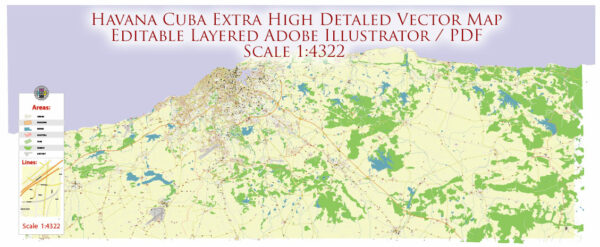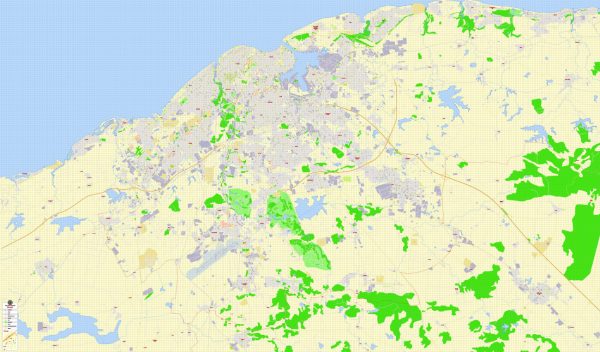Havana, the capital city of Cuba, is not typically associated with extensive natural parks or wilderness areas due to its urban environment and historic significance. However, there are a few natural areas and parks in and around Havana where you can enjoy some outdoor activities and experience Cuba’s natural beauty. Here are a few notable ones:
- Havana Forest (Bosque de La Habana): This forested area, also known as Almendares Park, is located along the Almendares River. It offers a peaceful escape from the bustling city. You can take a walk, go for a jog, or simply relax in the shade of the trees. There’s a famous stone bridge, “Puente de Hierro,” that spans the river and adds to the picturesque setting.
- National Botanical Garden of Cuba (Jardín Botánico Nacional): Although not right in Havana, this botanical garden is just a short drive from the city center. It is a large expanse of greenery that houses a diverse collection of Cuban and international plant species. It’s an excellent place for a leisurely walk and to learn more about the country’s flora.
- Viñales Valley: While not in Havana itself, Viñales Valley is a UNESCO World Heritage Site located a few hours west of the city. The region is famous for its stunning limestone karst formations, lush tobacco fields, and unique landscapes. You can explore the valley on guided tours, take hikes, or go horseback riding.
- Zapata Peninsula (Península de Zapata): This natural area is a bit farther from Havana, but it’s worth the trip for nature enthusiasts. It’s home to the Ciénaga de Zapata, Cuba’s largest wetland area, and offers opportunities for birdwatching, snorkeling, and exploring the diverse flora and fauna.
- Guanabo Beach: While not a traditional nature park, Guanabo Beach, located just east of Havana, offers a lovely stretch of coastline where you can enjoy the sun and the sea. It’s a popular destination for both locals and tourists looking for a day at the beach.
Keep in mind that these areas may not have the same level of development or amenities as natural parks in some other countries. Still, they provide opportunities to experience Cuba’s natural beauty and are often a welcome change of pace from the city life of Havana. It’s always a good idea to check the current status and accessibility of these places, as conditions may change over time.




 Author: Kirill Shrayber, Ph.D.
Author: Kirill Shrayber, Ph.D.